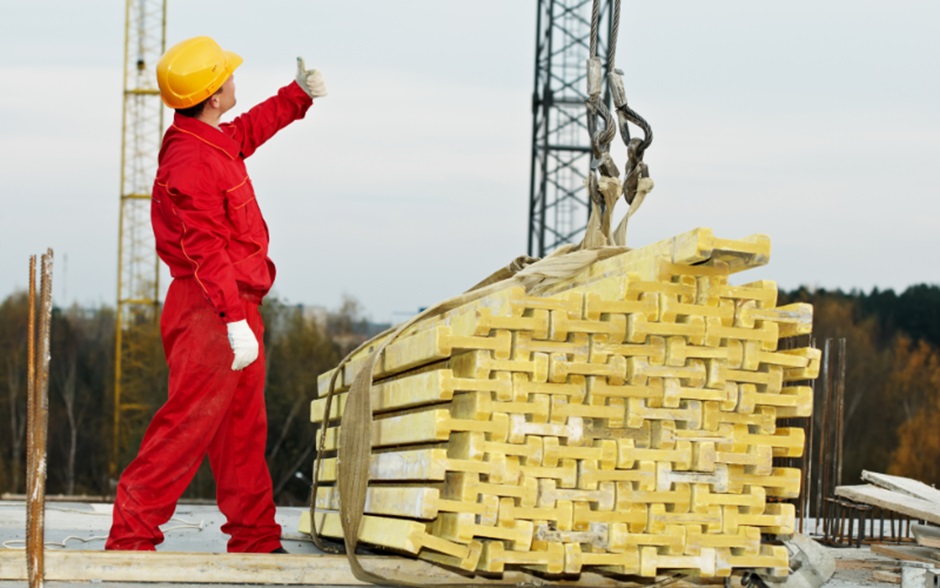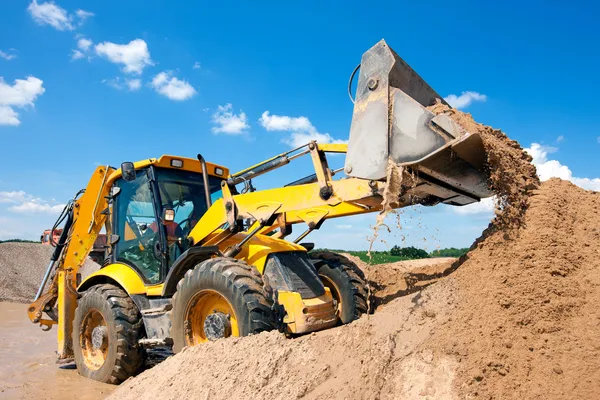
Lifting heavy machinery is no small task; without the right tools and techniques, it can quickly become daunting. However, knowing your stuff and having the right equipment for the job, even the heaviest of heavy machines can be moved around with ease and safety. Whether moving equipment in a factory or doing cleanroom moving, it’s important to know what to do when lifting and rigging. In this article, we walk you through how to lift heavy machinery without breaking a sweat and have your equipment intact and your team safe.
The Basics of Lifting and Rigging
Lifting and rigging presuppose some works concerning special equipment for lifting, moving, and placing heavy machinery. Generally speaking, this is a very complicated process, which requires preliminary planning and exact performance to protect the machinery and perform the work safely. You should evaluate the weight and dimensions of the machinery and the space where the work will be executed.
The very first step in lifting and rigging is the proper selection of hoisting and rigging equipment: this means cranes, slings, shackles, and any other tools that might have been used and will be used to accomplish the heavy load. You would choose different types of equipment for job requirements: weight of the machinery and height at which the machinery needs to lift. It is important to use the right equipment, as it makes the job much easier and significantly decreases the chances of an accident occurring.
Another consideration in lifting and rigging is the balance of the load. Machinery should be balanced properly before lifting to prevent tipping or shifting during motion. It comes with careful slinging in placement and adjusting the rigging to distribute the weight evenly. A load will be more easily controlled if properly balanced, minimising the possibility of damage to the machinery or the surrounding environment.
Hoisting and Rigging Equipment: What You Need to Know
Hoisting and rigging equipment are the backbones of any heavy machinery move. Cranes are among the most common types of equipment to be utilised and they come in several models that best suit each lifting scenario. Examples include mobile cranes, tower cranes, and overhead cranes.
Slings are the second most important element in hoisting and rigging. Slings hook the machinery up to the crane. They are made from wire rope, chain, and synthetic webbing. All types of sling have an advantage. Wire rope supplies better strength, while synthetic webbing is flexible and less damaging to sensitive surfaces. The right choice of sling to suit the requirement will make all the difference to the success of that lift.
Shackles, hooks, and other rigging hardware ensure the machinery is secured to hoisting equipment. This equipment should be subjected to frequent examination processes for wear and fatigue, as even a minor defect can have safety implications. High-quality rigging equipment investment and proper maintenance go hand in glove with the longevity of the tools and the operations.

Cleanroom Moving: Special Considerations
The moving of heavy machinery in a cleanroom also involves its unique challenges. A cleanroom is one where even the minutest specks of dust or dirt can compromise the quality of the work. Hence, moving machinery within should always be done by equipment and techniques that do not increase contamination.
Central to the cleanroom moving is the cleaning and sanitising of all the lifting and rigging equipment before use to avoid contamination of the cleanroom environment. Moved machinery should be covered or wrapped in protective materials for protection against dust and other particles.
Another factor that features in moving in cleanrooms is that of precision in placing machinery. Most cleanrooms have small areas so equipment needs to fall perfectly in place if disruptions within the facility are avoided. In such cases, specially designed hoisting and rigging equipment with fine tuning for placing is used.
How to Lift Heavy Machinery by Jacking and Skidding Method
The jacking and skidding method of heavy machinery movement is effective, especially where the movements are over short distances. The process mainly involves hydraulic jacks to raise the machinery and the skids slide the machinery over a surface. The jacking and skidding method comes in quite handy during those instances when space is limited or when hoisting equipment cannot apply.
The machinery is jacked up and then skidded using hydraulic jacks. Hydraulic jacks at strategic points underneath the machinery raise it evenly. Once the machinery is at a certain height, skids are placed underneath. Skids, being of steel and other such materials, ensure minimum friction during sliding of machinery on the surface.
One of the strong plus points for using the jacking and skidding method involves the accuracy with which machinery is moved. Heavy machinery is brought into place without necessarily having cranes or even other hoisting equipment around. Ensure that the machinery is fastened onto the skids, and the path should be clear of obstacles to avoid any accidents during the move.
There doesn’t have to be heavy labour involved in the lifting of heavy machinery. Proper lifting and rigging techniques, hoisting and rigging equipment, and specialised methods such as jacking and skidding will let you move even the heaviest machinery. Whether cleanroom moving or industrial equipment transportation is your deal, knowing how to safely and efficiently lift heavy machinery is the key to the success of your operation.
Is heavy machinery giving you a headache? Call Sin Chew Woodpaq today for professional lifting and rigging solutions to fit your needs.

